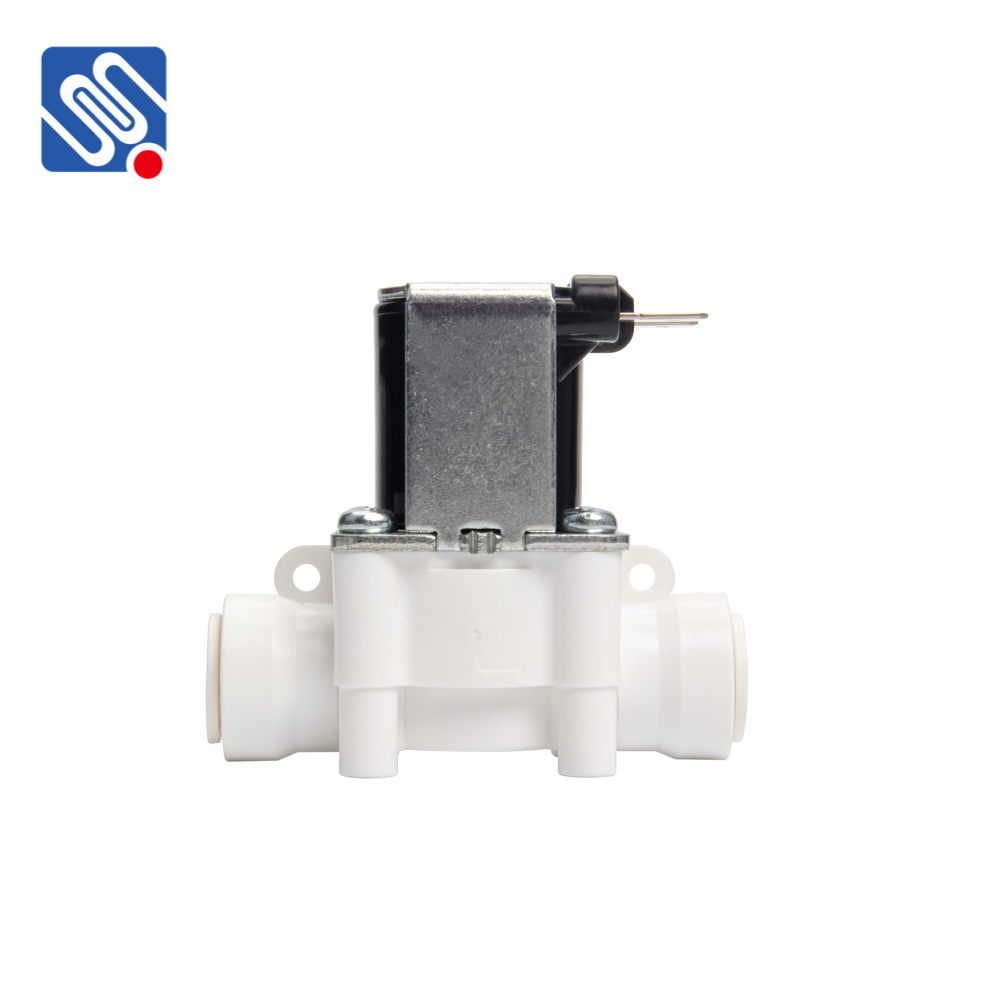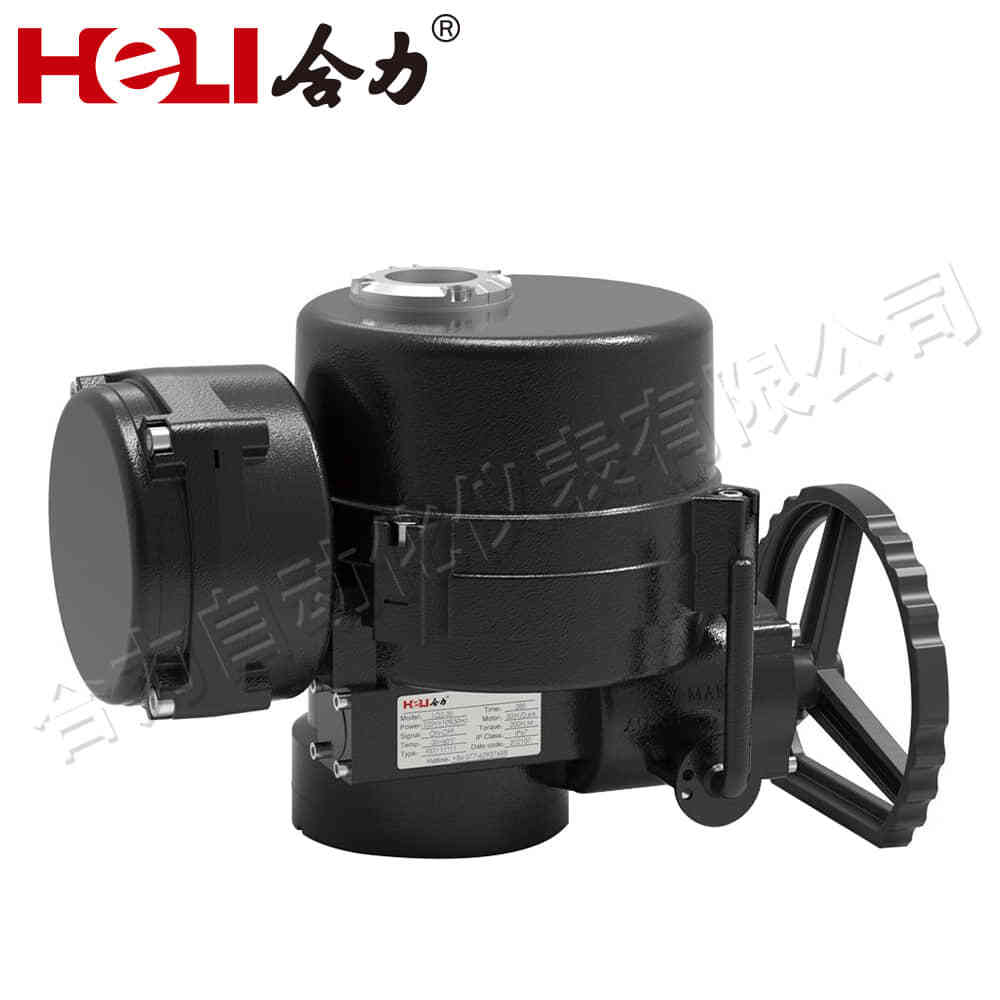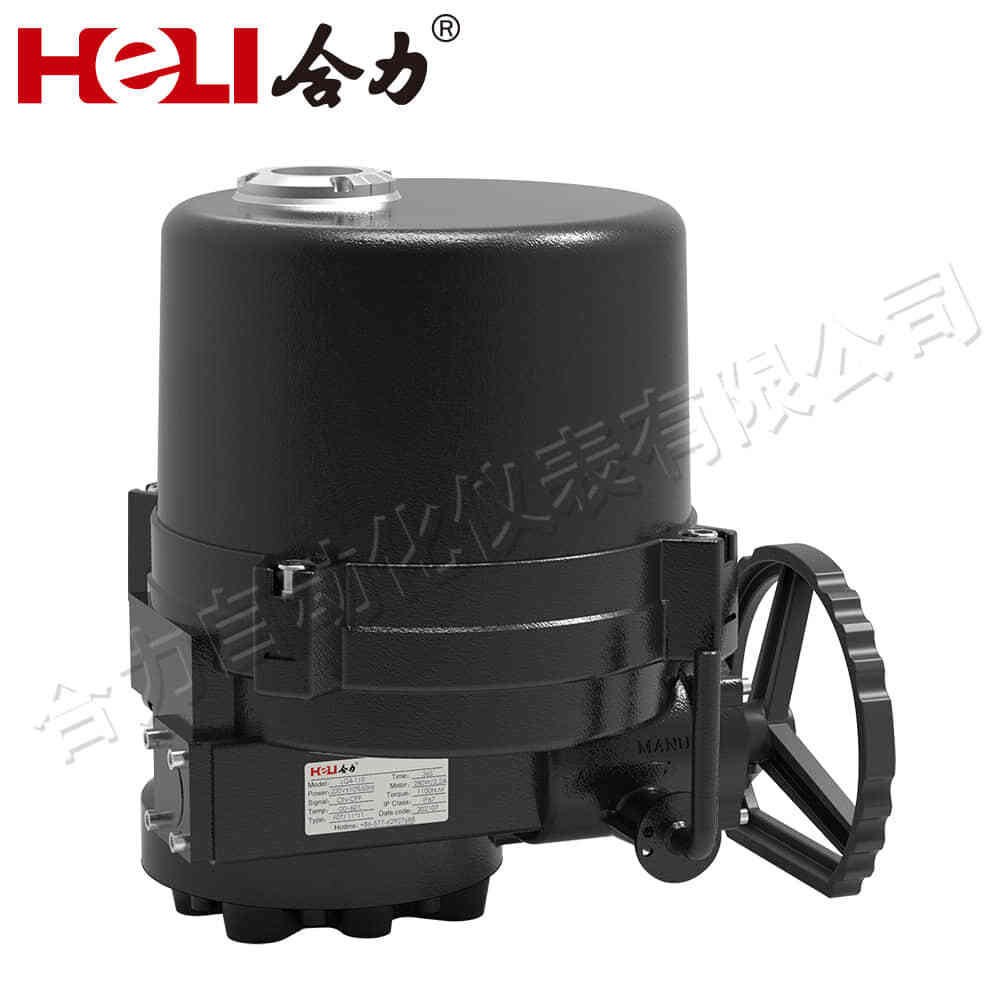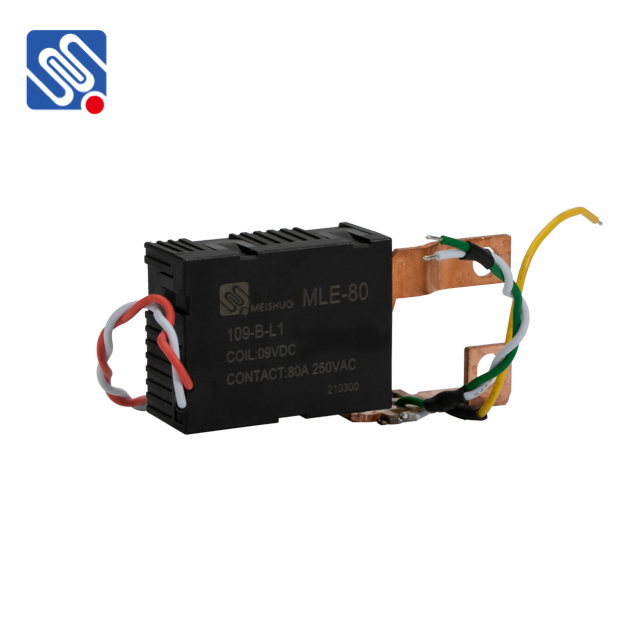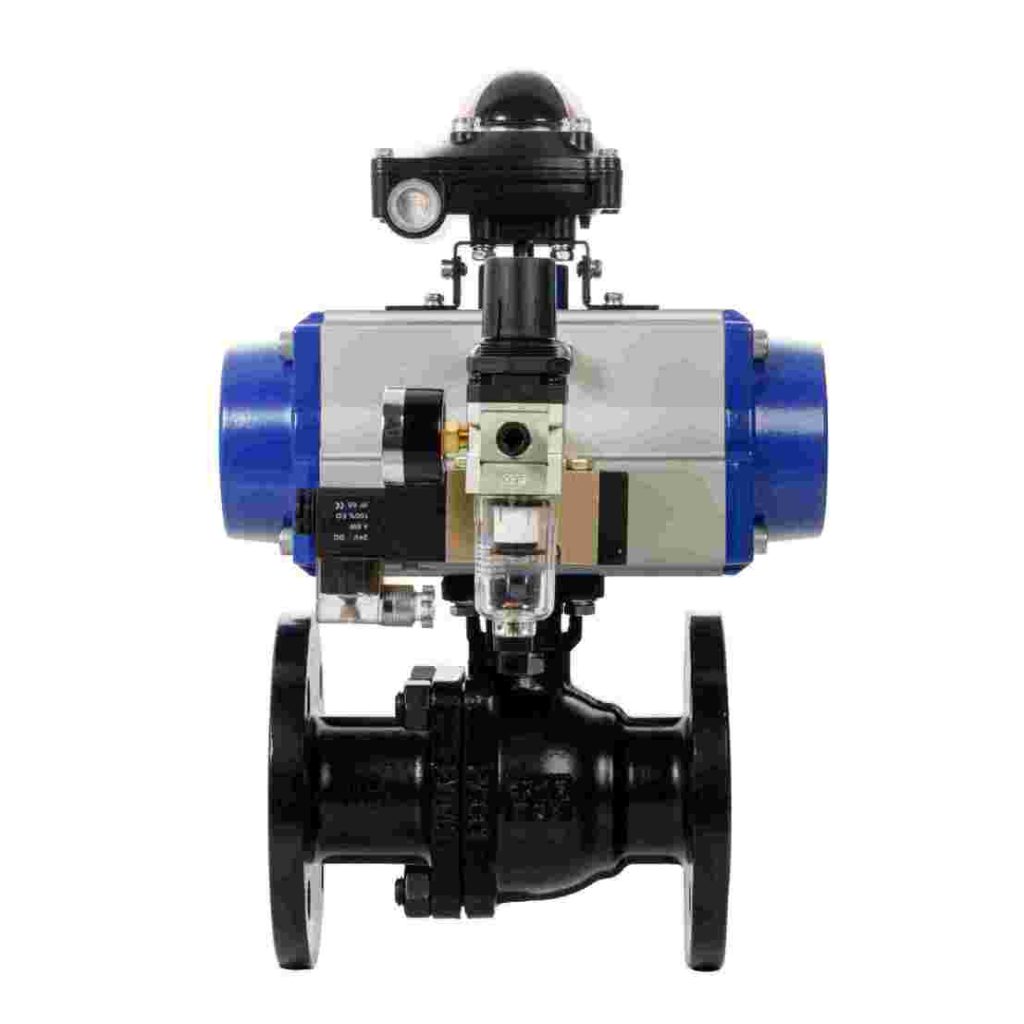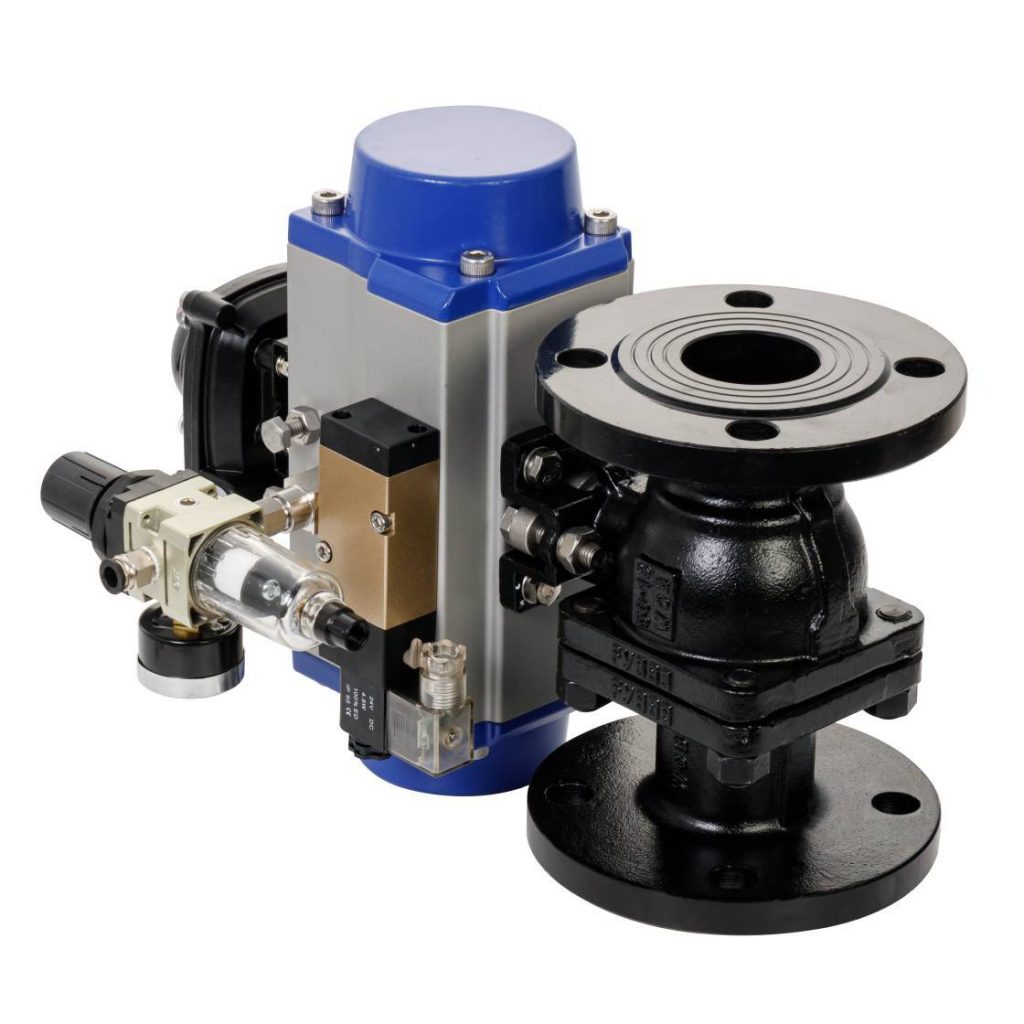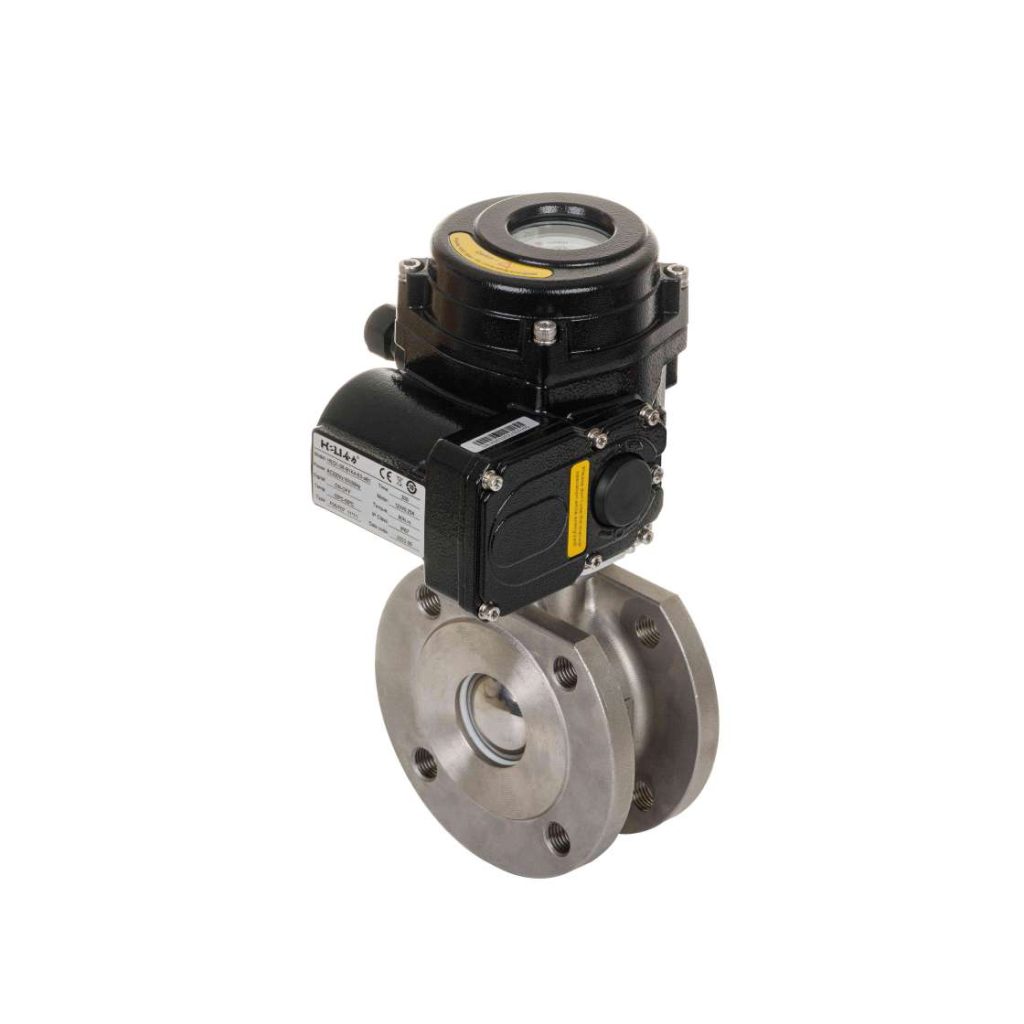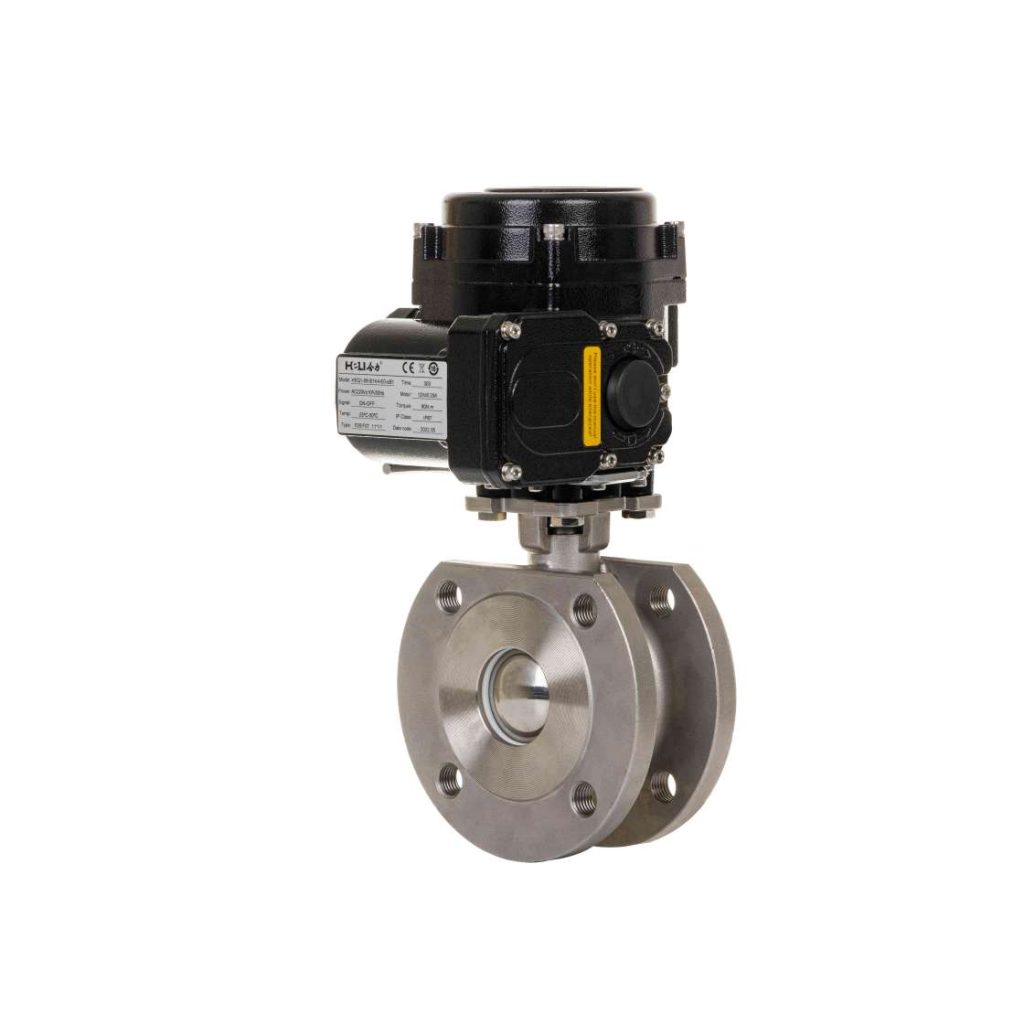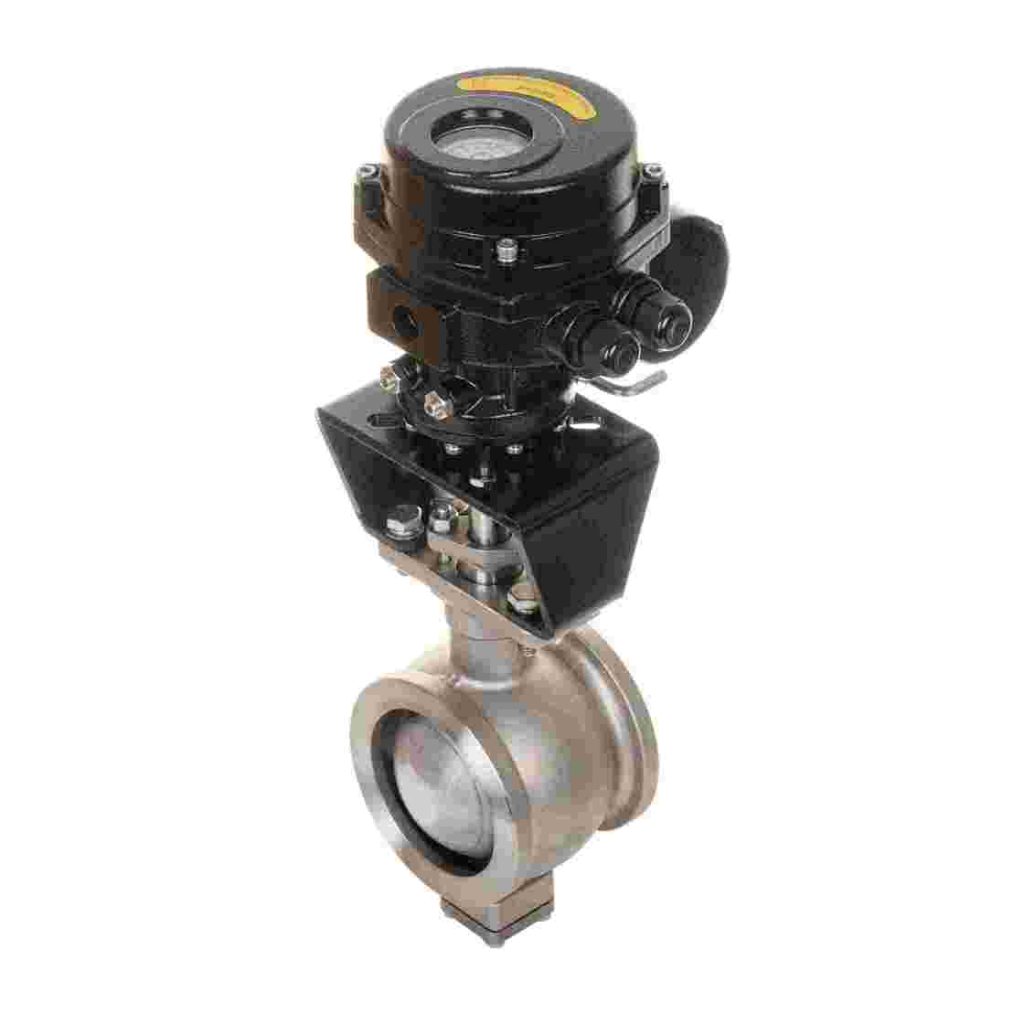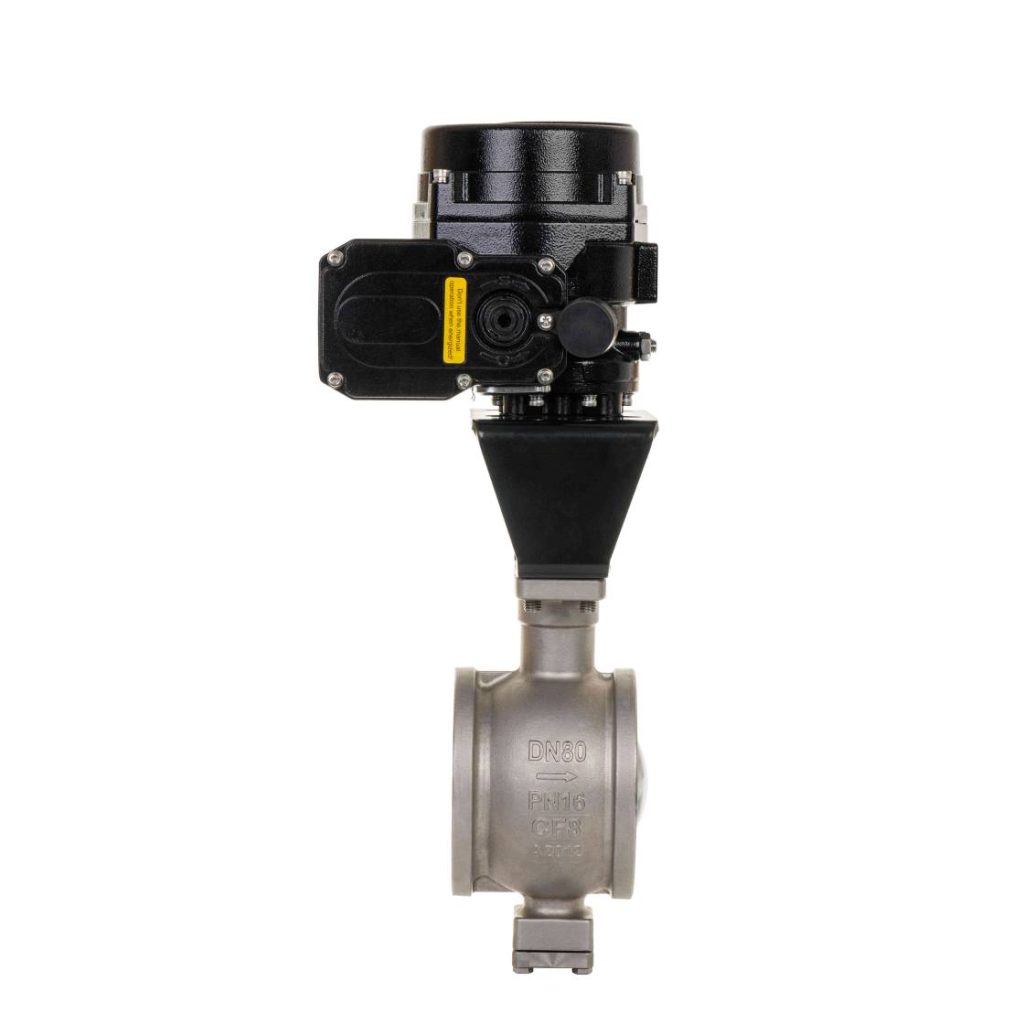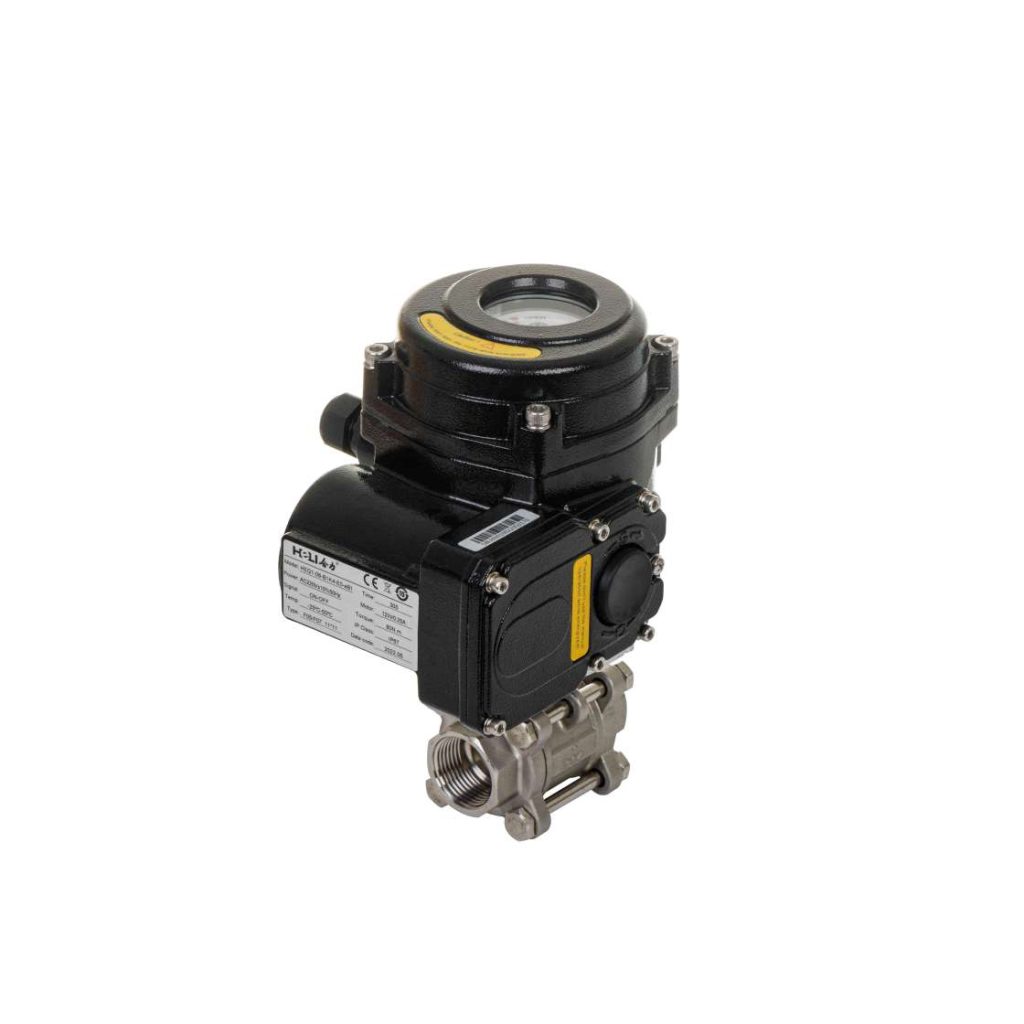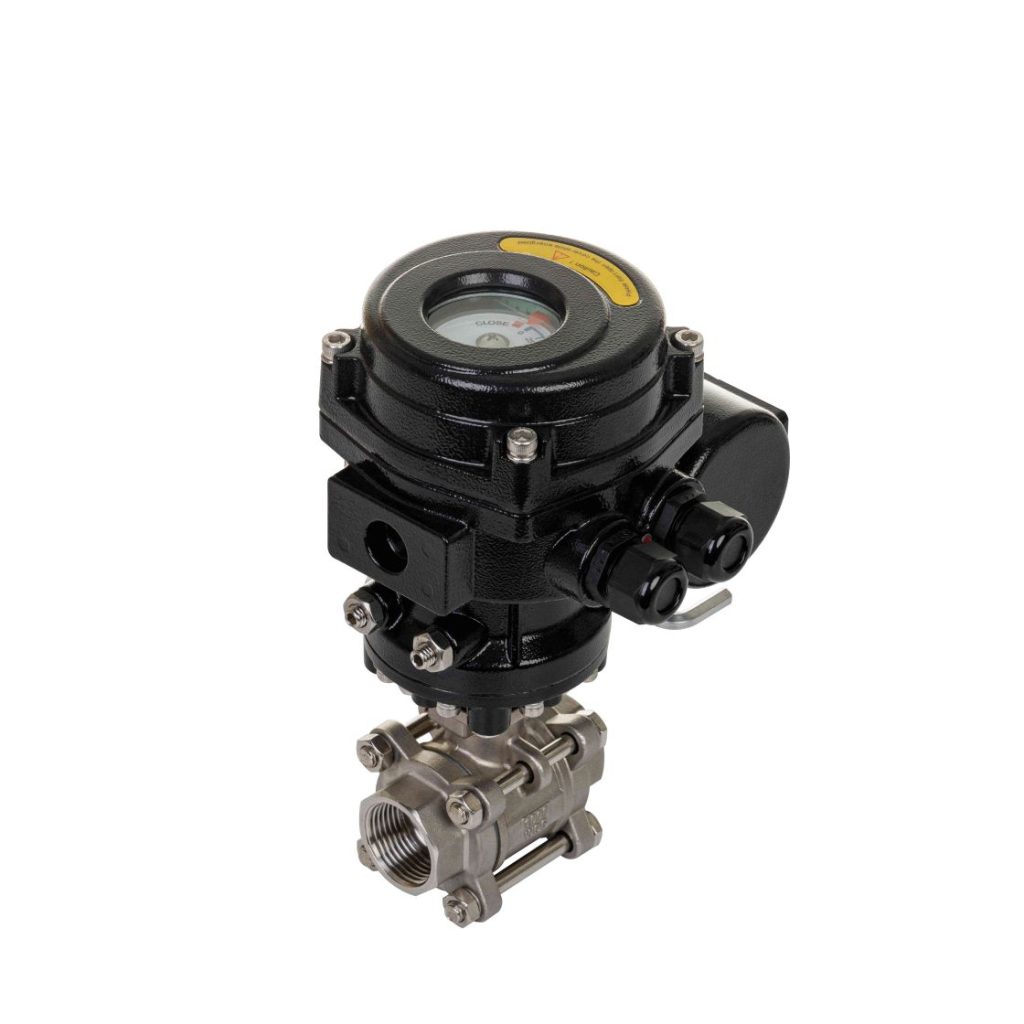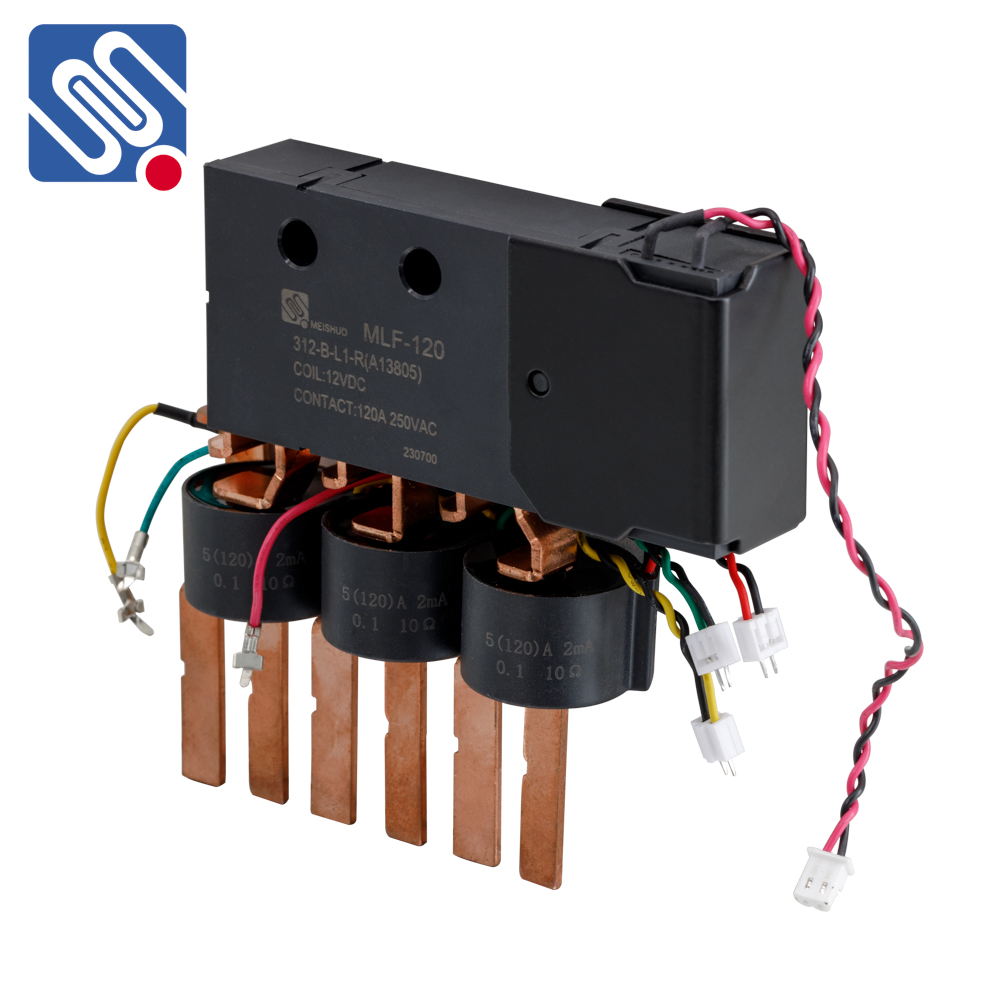In modern industrial environments, the safety of workers and machinery is paramount. One of the most critical components ensuring safety in automated systems is the Safety Relay SIL 3. These relays are designed to meet high reliability and integrity standards, ensuring that any potential hazards are promptly addressed and mitigated. In this article, we will explore the functionality, application, and benefits of Safety Relay SIL 3, along with some essential considerations when selecting and implementing these devices in safety-critical systems.
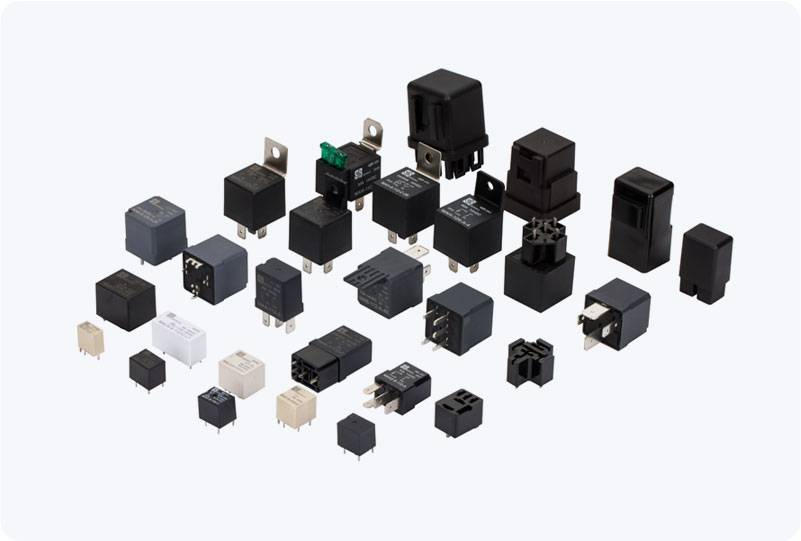
What is Safety Relay SIL 3? A Safety Relay is an electrical component used in safety circuits to monitor and control the safe operation of machinery or processes. The SIL (Safety Integrity Level) classification defines the reliability and performance of safety functions, with SIL 3 representing a high standard of safety integrity. Safety Relay SIL 3 devices are specifically designed to provide a level of performance that minimizes the risk of system failure, ensuring safety in the event of hazards such as equipment malfunctions or human error. Safety Relay SIL 3 devices play a crucial role in industrial automation systems by performing vital functions such as emergency stop control, safety door monitoring, and ensuring that a system fails in a safe state. These devices must meet stringent requirements in terms of reliability and fault tolerance, providing peace of mind to operators and ensuring the protection of both personnel and equipment.
